
AeroGenie - مساعد الطيار الذكي الخاص بك.
الرائج الآن
Categories
MRO Japan Anticipates Steady Growth Amid Near-Term Opportunities
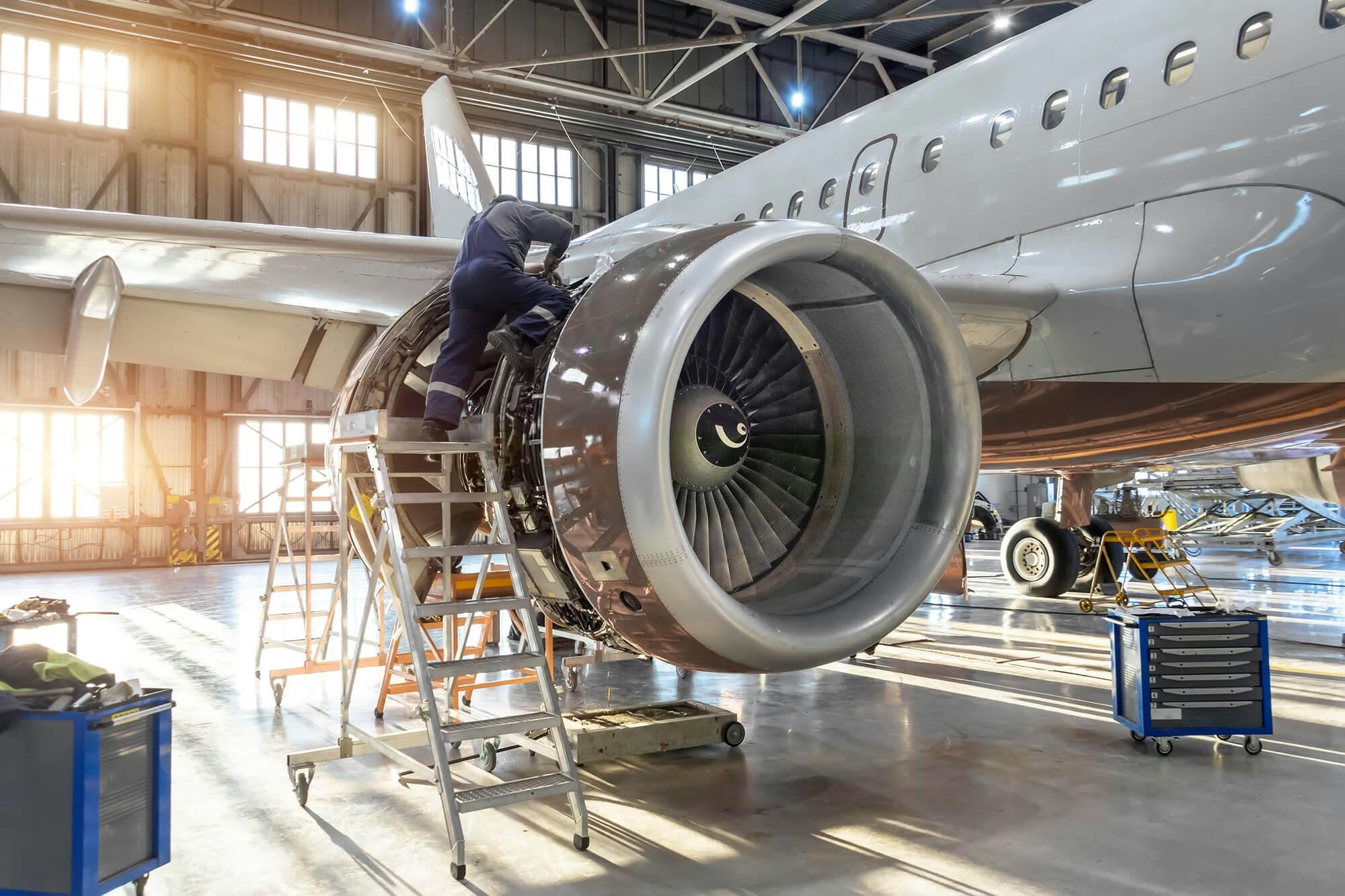
MRO Japan Anticipates Steady Growth Amid Near-Term Opportunities
Strategic Positioning in a Recovering Aviation Market
MRO Japan is projecting steady growth over the coming years, driven by emerging opportunities in freighter conversions and end-of-lease maintenance checks. As the global aviation sector continues its recovery from the pandemic, the company is strategically positioning itself to meet the rising demand for maintenance, repair, and overhaul (MRO) services. This growth outlook reflects the broader industry trend of increased activity in aircraft conversions and lease-related maintenance, which are becoming significant drivers of business within the MRO landscape.
Balancing Expansion with Investment Challenges
Despite the optimistic forecast, MRO Japan faces the complex challenge of balancing growth ambitions with the necessity for substantial investment in infrastructure and skilled personnel. Successfully meeting future demand will require meticulous planning and resource management to expand operational capabilities without risking overextension. The company’s cautious approach to scaling up operations underscores the importance of maintaining stability amid a market that remains volatile and rapidly evolving.
Industry Context and Market Response
Industry analysts observe that MRO Japan’s measured growth strategy aligns with a wider trend among MRO providers who are adapting to shifting market dynamics. Competitors both domestically and internationally are closely monitoring the company’s approach as they seek to refine their own business models to capitalize on similar opportunities. The increasing prevalence of freighter conversions and the growing number of aircraft reaching lease maturity are reshaping the sector, creating new avenues for expansion.
Market reactions have largely focused on MRO Japan’s emphasis on sustainable growth, with experts highlighting the prudence of maintaining operational stability while scaling capacity. The company’s ability to invest effectively in infrastructure and workforce development will be pivotal in preserving its competitive advantage. As the global MRO market continues to expand and evolve, MRO Japan’s near-term performance will remain under close scrutiny by industry stakeholders.

Virgin Introduces AI Concierge Service
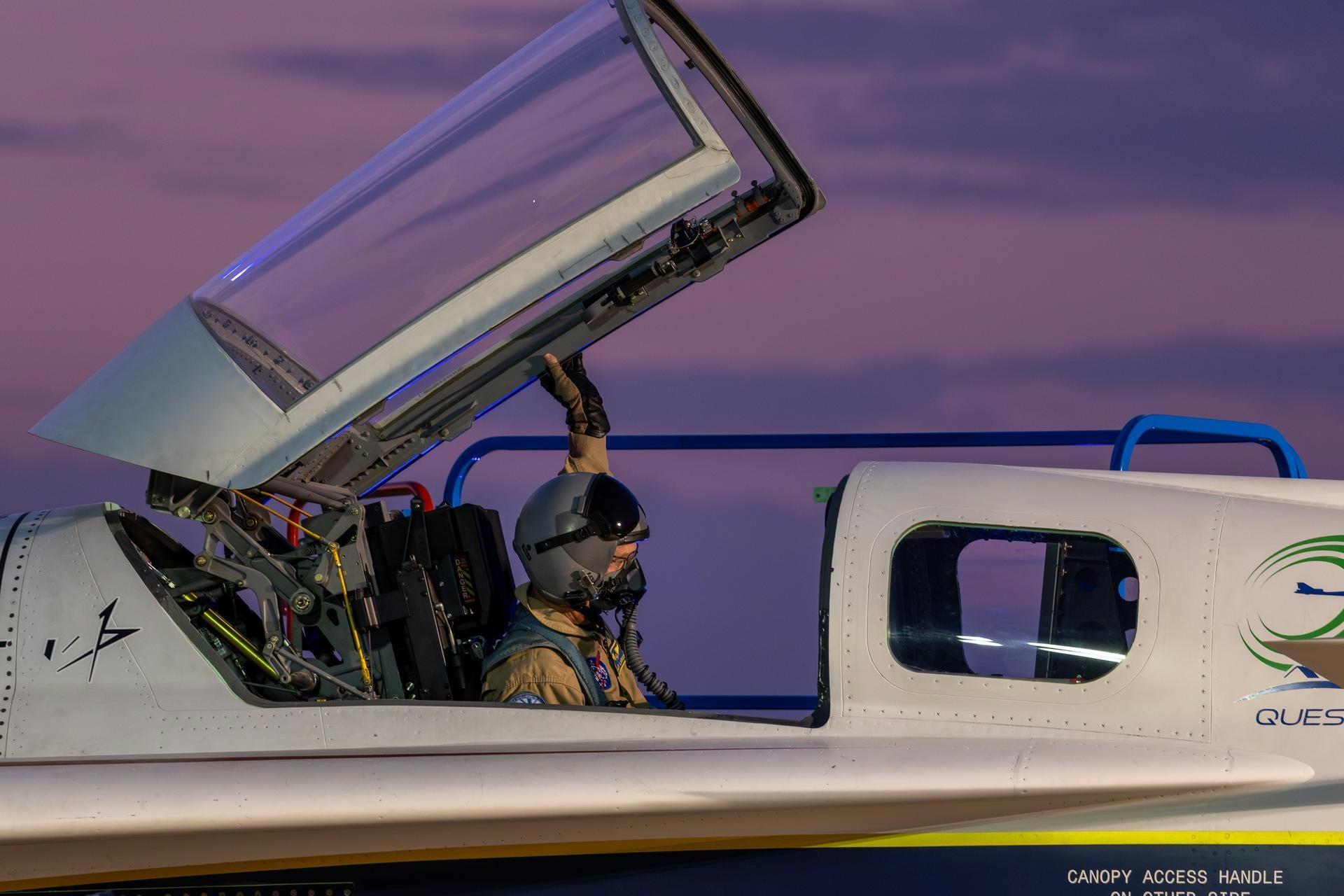
NASA Armstrong Advances Flight Research for 2025
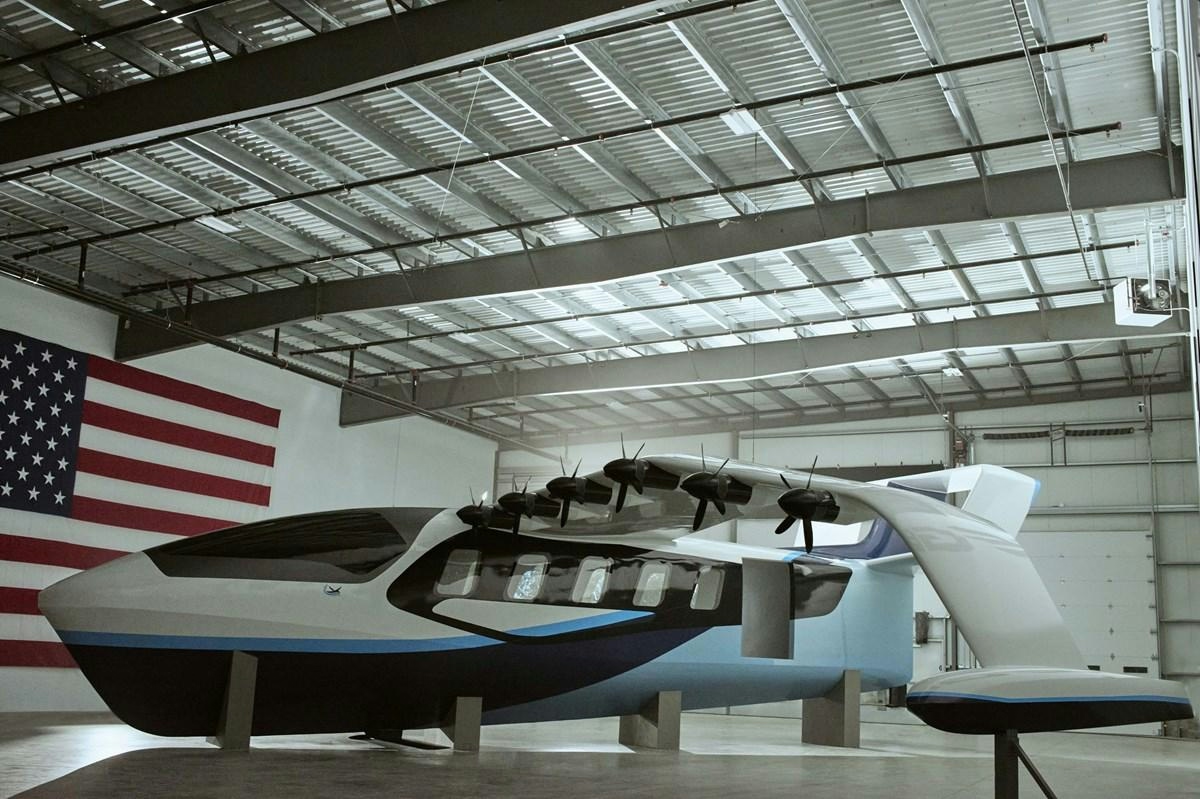
Regent Reports Significant Progress in Technology, Business, and Manufacturing
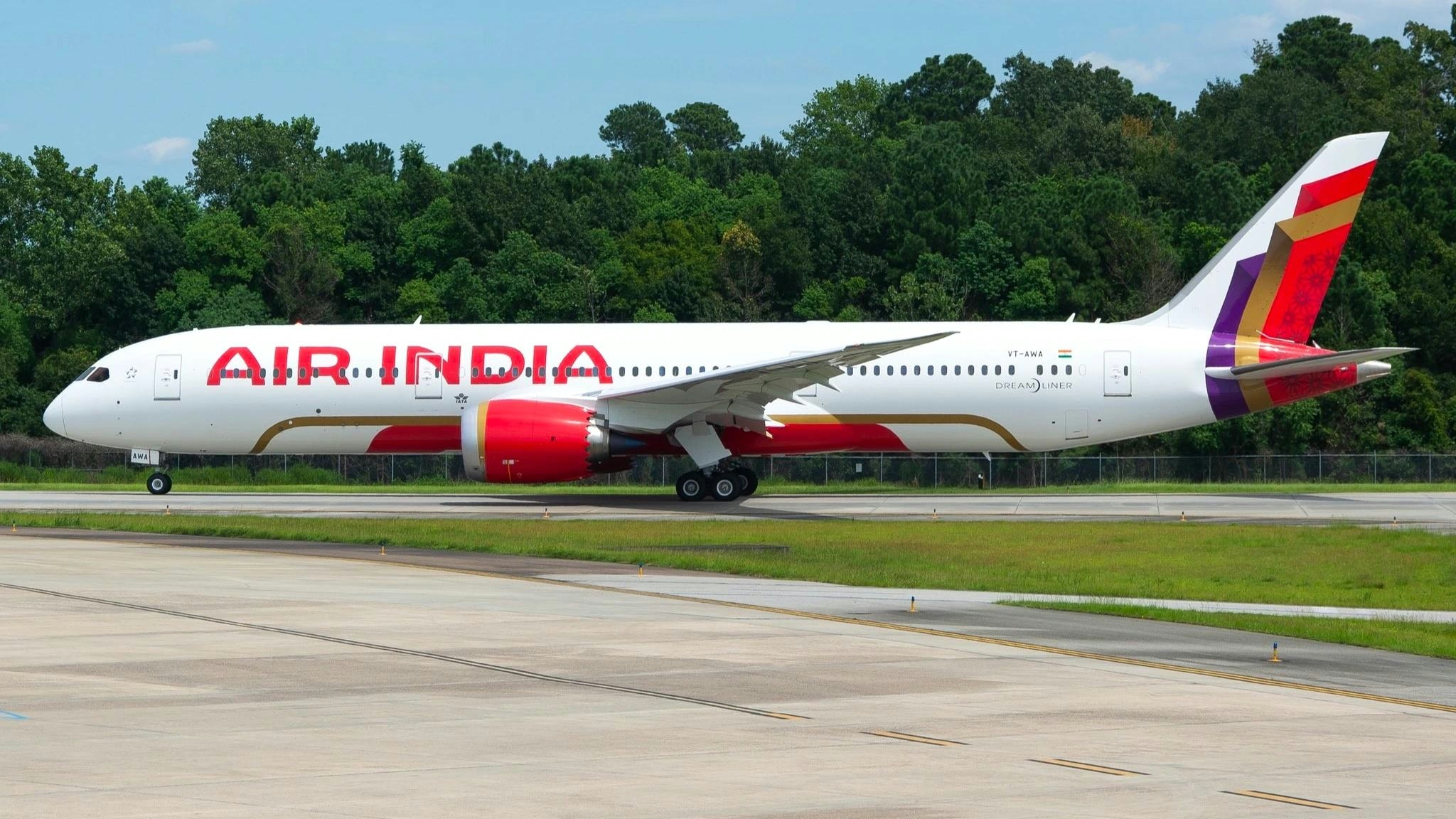
Air India to Receive First Boeing 787-9 Dreamliner in Early 2026
PACE Aerospace & IT Releases Updated VAPS XT ARINC 661 DO-178C Certification Kit
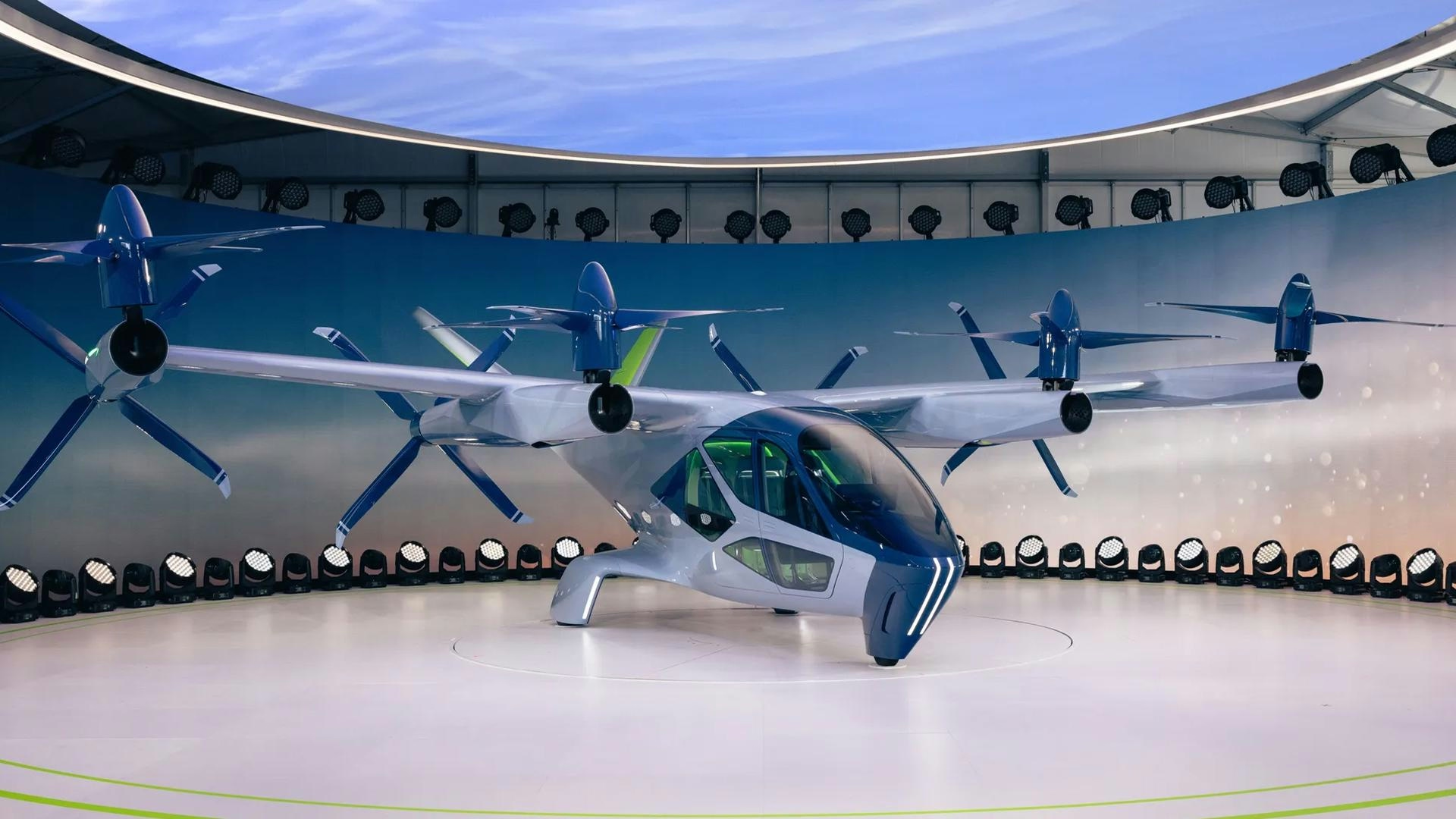
New American eVTOL Aims to Transform Air Taxi Industry

Trends Point to a Strong Year for M&A in the MRO Sector in 2026

AI and Robotics Transform Aviation Maintenance

Boeing Strengthens Supplier Oversight to Reduce Defects in Aircraft Production
